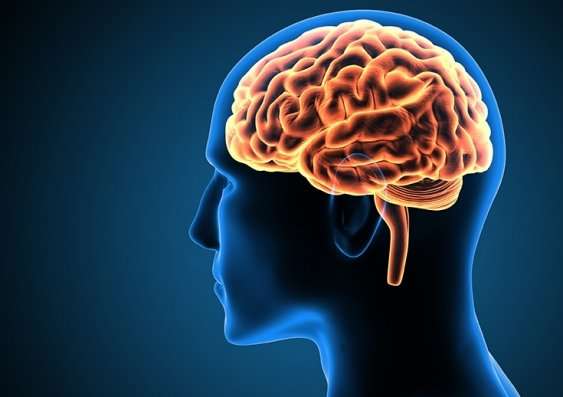Homo habilis ("handy man") was named by Louis Leakey and colleagues in 1964 and was so called because it was the first hominid to use tools, albeit very simple ones. It was a fairly primitive creature, much more chimpanzee than human, but its brain was about 50 percent larger than that of Lucy in gross terms and not much less large proportionally, so it was the Einstein of its day. No persuasive reason has ever been adduced for why hominid brains suddenly began to grow two million years ago. For a long time it was assumed that big brains and upright walking were directly related—that the movement out of the forests necessitated cunning new strategies that fed off of or promoted braininess—so it was something of a surprise, after the repeated discoveries of so many bipedal dullards, to realize that there was no apparent connection between them at all.

"There is simply no compelling reason we know of to explain why human brains got large," says Tattersall. Huge brains are demanding organs: they make up only 2 percent of the body's mass, but devour 20 percent of its energy. They are also comparatively picky in what they use as fuel. If you never ate another morsel of fat, your brain would not complain because it won't touch the stuff. It wants glucose instead, and lots of it, even if it means shortchanging other organs. As Guy Brown notes: "The body is in constant danger of being depleted by a greedy brain, but cannot afford to let the brain go hungry as that would rapidly lead to death." A big brain needs more food and more food means increased risk.












